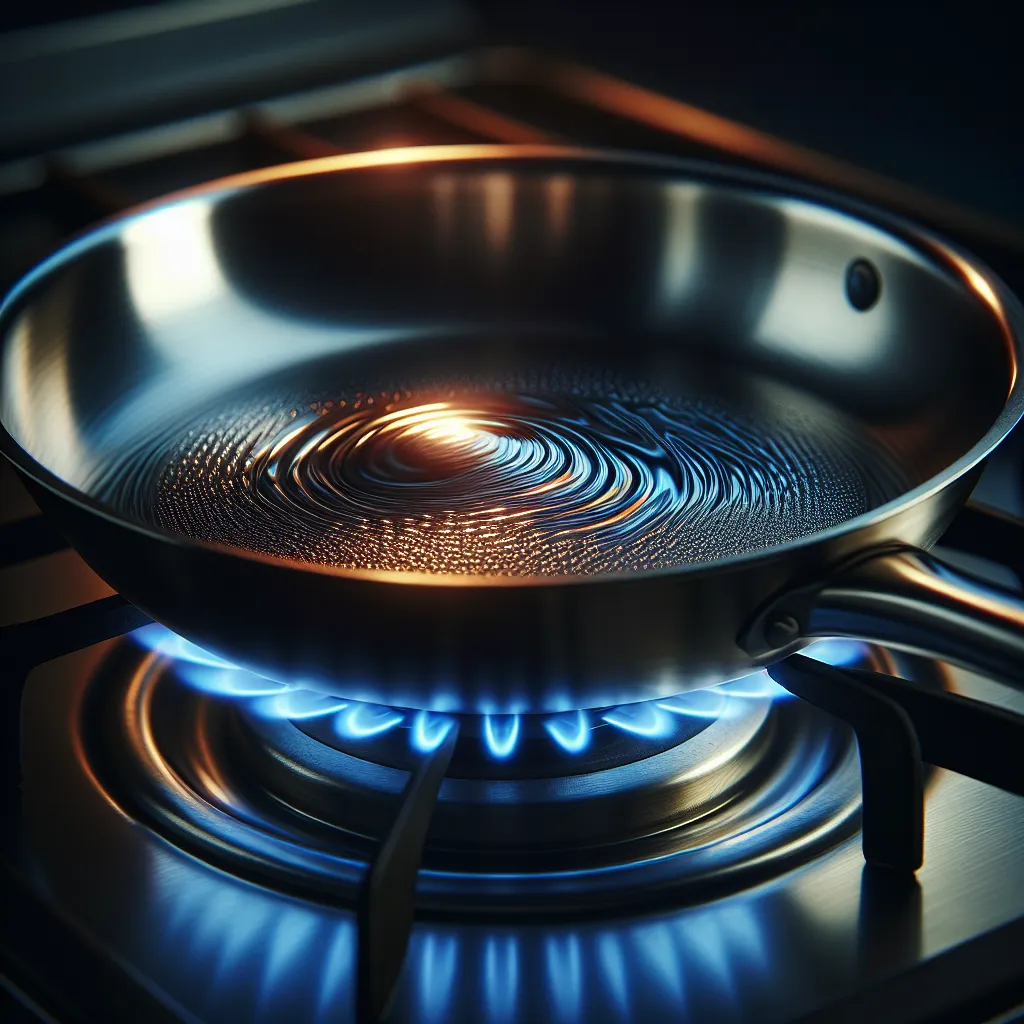The Importance of Heat Conduction in Cookware
When it comes to choosing the right cookware, one crucial factor to consider is the material’s heat conduction properties. The ability of cookware to conduct heat efficiently and evenly directly influences the cooking process and the quality of the final dish. Different materials have varying heat conduction abilities, impacting how quickly and evenly heat is distributed across the cooking surface.
Copper is renowned for its exceptional heat conduction, allowing for precise temperature control and rapid response to changes in heat settings. It ensures that food is cooked evenly, minimizing the risk of hot spots that can lead to uneven cooking. Stainless steel, while not as efficient in heat conduction as copper, often features aluminum or copper core layers to enhance its thermal properties. Aluminum is another popular choice due to its high heat conductivity, making it a preferred material for the construction of the core in many cookware products.
Understanding the importance of heat conduction in cookware is essential for achieving consistent cooking results and mastering various culinary techniques. By choosing cookware with excellent heat conduction properties, chefs and home cooks can optimize their cooking experience and elevate the quality of their creations.
Exploring the Role of Material Durability in Cookware
When it comes to choosing the right cookware, understanding the role of material durability is crucial. The durability of cookware materials directly impacts their longevity, performance, and safety. Stainless steel, for example, is prized for its exceptional durability, making it resistant to scratches, corrosion, and dents. On the other hand, aluminum cookware is lightweight but may not be as durable, especially when it comes to resisting scratches and high heat. Non-stick cookware, while convenient, may have a shorter lifespan due to the potential for the non-stick coating to wear off over time.
Material durability also affects the maintenance and care of cookware. More durable materials may require less delicate handling and can withstand a wider range of cooking techniques and cleaning methods. Understanding the durability of cookware materials empowers consumers to make informed decisions based on their cooking habits, preferred maintenance routines, and long-term investment in their kitchen equipment.
In summary, material durability is a crucial consideration when selecting cookware. It influences the cookware’s lifespan, maintenance requirements, and overall cooking experience. By exploring the role of material durability, individuals can make choices that align with their needs and preferences, leading to a more satisfying and efficient culinary journey.
The Science Behind Heat Conduction in Different Cookware Materials
When it comes to the science of cookware materials, understanding heat conduction is essential in determining the performance of different types of cookware. The ability of a material to conduct and distribute heat evenly can greatly affect the cooking process and the final outcome of the dish. Various cookware materials have different levels of heat conductivity, with some being more efficient at transferring heat than others.
For example, copper is well-known for its exceptional heat conduction properties, allowing for quick and even distribution of heat across the cooking surface. This is why copper cookware is highly favored by professional chefs and culinary enthusiasts. On the other hand, stainless steel, while durable and easy to maintain, is not as effective in heat conduction as copper. To enhance its heat conduction abilities, stainless steel cookware often incorporates a layer of aluminum or copper at the base to improve heat distribution.
Cast iron, another popular cookware material, is celebrated for its ability to retain and distribute heat evenly, making it ideal for tasks such as searing and frying. While it may not conduct heat as rapidly as copper, its heat retention properties make it a versatile and reliable option in the kitchen. Non-stick cookware, typically made with a layer of Teflon or ceramic coating, has lower heat conductivity compared to metals like copper or aluminum. However, advancements in technology have led to the development of non-stick cookware with improved heat distribution capabilities.
Understanding the science behind heat conduction in cookware materials is crucial in selecting the right tools for specific cooking techniques and achieving desirable results in the kitchen. Factors such as the material composition, thickness, and construction of the cookware play a significant role in determining its heat conduction and overall performance.
In conclusion, the science of heat conduction in cookware materials is a key aspect to consider when evaluating the efficiency and functionality of different types of pots and pans. By gaining insight into how various materials conduct and distribute heat, cooks can make informed decisions when choosing the most suitable cookware for their culinary endeavors.
Understanding the Impact of Material Selection on Cooking Performance
Understanding the impact of material selection on cooking performance is crucial for achieving the best results in the kitchen. The science of cookware materials revolves around heat conduction and durability, both of which are heavily influenced by the type of material used in the construction of the cookware.
When it comes to heat conduction, different materials have varying levels of efficiency in distributing heat evenly across the cooking surface. Copper, for example, is renowned for its superior heat conduction properties, allowing for precise temperature control and even cooking. On the other hand, stainless steel may not conduct heat as effectively, leading to hot spots and uneven cooking if not properly designed with layered or clad construction.
Durability is another crucial factor affected by material selection. Cookware materials must withstand the rigors of everyday cooking, including exposure to high heat, sudden temperature changes, and physical impacts. Cast iron and stainless steel are known for their durability, while non-stick coatings require careful handling to avoid premature wear and chipping.
In essence, the material selection plays a pivotal role in determining how well a piece of cookware performs in the kitchen. Chefs and home cooks alike should consider the heat conduction and durability characteristics of different materials to make informed decisions that enhance their cooking experience.

